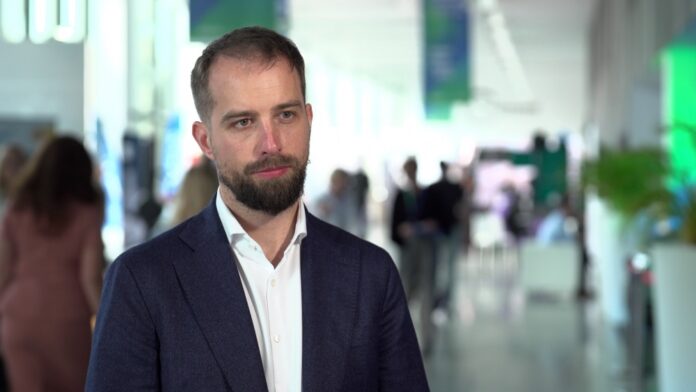Starting from April 2024, Poland will be subject to the AFIR regulation introduced by the European Union, which concerns the infrastructure for charging electric vehicles and hydrogen refueling. This introduces a series of strict requirements, including the obligation to link the total power of the charging stations to the number of registered electric vehicles (this may mean a nearly five-fold increase in power in less than three years), the obligation to expand ultra-fast charging stations for electric trucks along the TEN-T network, and the requirement to equip all charging stations with payment terminals. “At the moment, the biggest challenge is the prolongation of connection procedures for DC stations to the power grid,” notes Maciej Mazur, Managing Director of PSPA (Polish Alternative Fuels Association).
The AFIR regulation is the most important change for the market at the regulatory level of the European Union. It comes into effect on April 14, 2024 and will apply in each member state directly, without the need for implementation. The new regulations mean, among other things, that EU member states will need to take certain actions related to infrastructure development, which will have to grow along with the growth of the vehicle market. The total power of stations will need to be provided at the level of 1.3 kW for each registered fully electric vehicle (BEV) and 0.8 kW for each registered plug-in hybrid vehicle (PHEV). Moreover, along the TEN-T network, charging zones for passenger cars, vans and trucks will have to be created. Many tools will also be guaranteed to make using the charging station hassle-free for every user.
The AFIR Regulation on alternative fuel infrastructure is part of the Fit for 55 package, aimed at adapting EU legislation to the new goal of reducing greenhouse gas emissions in the EU by at least 55% by 2030 (compared to 1990 levels). The European Union Council formally adopted it in late July 2021, and the new regulations will apply in all EU member states, which will be obliged to achieve specific goals set for the year 2025 and subsequent years.
The significant changes anticipated by the AFIR include payment for charging services. All publicly accessible charging stations will need to enable drivers of electric vehicles to easily and conveniently pay for the electricity used. This effectively means that every charger will need to be equipped with a card reader.
The main goal of the AFIR regulation is to introduce regulations that will guarantee the rapid development of electric and hydrogen vehicle charging infrastructures within the EU. The aim is to ensure that the state of this infrastructure does not become an obstacle to the development of electromobility, which is to contribute to the decarbonisation of the transport sector. That is why the AFIR regulation introduces guidelines for the power and location of charging stations.
Experts note that the objectives set by the AFIR regulation are very ambitious. They include the obligation to expand the loading infrastructure along the TEN-T network (trans-European transport network). By 2025, along the main EU transport corridors, generally accessible charging zones with at least 400 kW power, intended for passenger cars and vans, should be positioned every 60 km in each direction. By 2027, the power of such zones will have to increase to at least 600 kW. Similar requirements apply to the comprehensive TEN-T network (with deadlines set for 2027, 2030, and 2035).
As outlined by the PSPA, the expansion of charging infrastructure on the scale provided for in the AFIR will not be possible in Poland without implementing a number of changes that will remove the most important systematic barriers. These include the prolonged procedures for connecting DC stations to the power grid. Maciej Mazur, Managing Director of PSPA, says, “This issue has long been the biggest challenge for Poland. Now this challenge will be even greater because, considering heavy transport, we are talking about locations where the total power will be counted in megawatts, not kilowatts as it has been so far.”
To deal with the massive expansion of charging stations, a number of legislative proposals have been collated in the “White Book of New Mobility”, created and published during the recent Congress of New Mobility held in Lodz at the end of September.


















